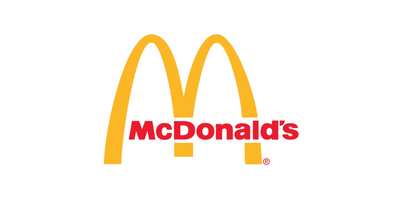Industry:
Food & Beverage
Industry:
Food & Beverage
Regions:
Europe
Solutions:
E-Invoice Sending


In 2015, the company had 1,478 branches in Germany alone, with a total of approximately 58,000 employees catering to their guests’ needs. McDonald’s owes its success to its strict quality standards, which the company not only places on itself but also on its 30,000 suppliers and service providers in Germany.
The company faces a logistical challenge as its accounting department deals with hundreds of thousands of paper invoices annually. Just at the German headquarters in Munich, around 270,000 invoices need processing each year. McDonald’s has addressed this enormous task with the assistance of Basware software, enabling substantial optimization of their invoice processing procedures.
McDonald’s runs roughly 13% of its German branches itself, while the others are managed byindependent entrepreneurs.The burger giant contracts an impressive 30,000 suppliers, including countless small businesses and microenterprises, such as gardening firms and manufacturers of kitchen utensils. Around 85% of the total invoice volume at McDonald’s Deutschland is received from approximately 120 companies. These companies, selectively chosen to deliver the highest quality with the greatest possible efficiency, form the backbone of the complex McDonald’s supply chain
We were impressed by Basware’s pricing and market presence,” recalls Daniel Voigt, Senior Manager of Process Management for McDonald’s Deutschland, who is in charge of electronic invoice processing. After being contracted by McDonald’s, it took Basware only a few months to fully migrate the company’s largest suppliers to the service.
Since then, the Accounts Payable department at McDonald’s has been able to fully automatically process structured invoice data, enabling invoices to be sent to the appropriate cost center managers for approval without requiring manual intervention. While this was great progress, smaller suppliers continued to send paper invoices as they rarely meet the technical requirements to send electronic invoices. This left manual work for the employees in the Accounts Payable department to open, sort, scan and code all incoming paper invoices before forwarding them to the relevant cost centers for approval. “As you can imagine, this situation was far from ideal in terms of adding value to the company,” Daniel Voigt recalls.